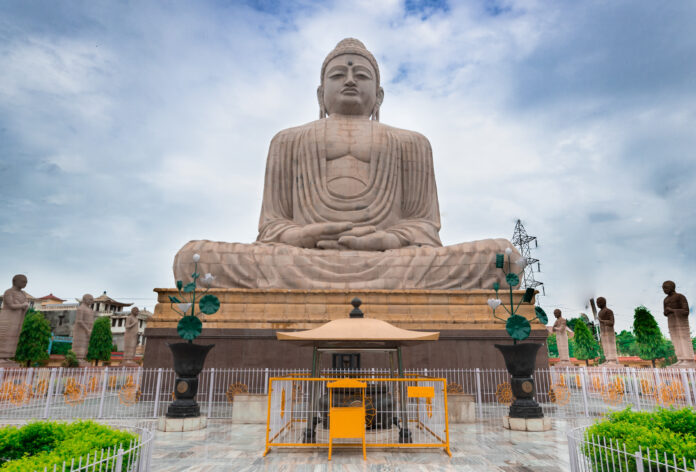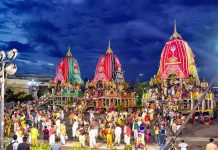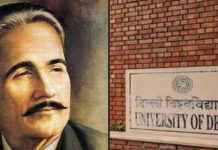By Journey Man
Bihar apart from its formidable history, has the land and the delicacies to fill large appetites. Travelling Bihar isn’t always easy, especially since the beautiful and rich state of Jharkhand was carved out if this state, but it remains rewarding. The smell of the land and the history it created are never old.
History of Bihar
A state immersed in history
In the Early Vedic period (beginning with the development of the Vedic religion in South Asia, about 1500 BCE), several kingdoms existed in the plains of Bihar. North of the Ganges was Videha, one of the kings of which was the father of Princess Sita, the wife of Lord Rama and the heroine of the Ramayana, one of the two great Hindu epic poems of India.
Advent of ‘Aryans’ in Bihar: The so-called ‘Aryans’ started moving towards Eastern India in the later Vedic period (1000-600 BC). Satapatha Brahmana mentioned the arrival and spread of Aryans. Varah Puran mentions Kitkat as inauspicious place and Gaya, Punpun and Rajgir as auspicious places.
Pre-Mauryan Dynasties under Magadha Empire
Brihadratha Dynasty: 1700-682 BCE. Brihadrath was the earliest known king of Magadha and his name has been mentioned in Rigveda. According to the Mahabharta and Puranas, Brihadrath was the eldest son of Vasu. Jarasandha was the famous king of the dynasty and was the son of Brihadrath.
A new kingdom later arose in southern Videha, with its capital at Vaishali. By about 700 BCE, the kingdoms of Vaishali and Videha were replaced by a confederacy of the Vajji said to be the first republican state known in history. It was in Magadha, in the 6th century BCE, that the Buddha developed his religion and that Mahavira, who was born at Vaishali, promulgated and reformed the religion of Jainism.
Haryanka Dynasty (544 BCE–413 BCE): Bimbisara was the founder of the dynasty. He expanded the boundaries of his kingdom through matrimonial alliances. Ajatshatru was succeeded by Bimbisara. Udayin succeeded Ajatshatru. He founded the city of Patliputra and made it the capital city.
Shishunaga Dynasty (421 BCE-345 BCE): Shishunaga was the founder of the dynasty.
Nanda Dynasty (343 and 321 BCE): The dynasty was founded by the Mahapadmananda after killing the last Shishunaga ruler Nandivardhan.
Mauryan Empire (321 to 185 BCE): The dynasty was founded by Chandragupta Maurya. Great rulers like Bindusara and Ashoka were part of the dynasty.
The Mahajanpada: The Buddhist and Jain literature mentioned that 6th century India was ruled by a number of small kingdoms or city states dominated by Magadha. By 500 BC witnessed the emergence of sixteen Monarchies and Republics known as the Mahajanapada.
Anga: Modern divisions of Bhagalpur and Munger in Bihar and also some parts of Sahibgunj and Godda districts of Jharkhand.
Magadha: Covering the divisions of Patna and Gaya with its earlier capital at Rajgriha or Girivraj.
Vajji: A confederacy of eight republican clans, situated to the north of river Ganges in Bihar, with its capital at Vaishali.
During the same period, the capital of the ancient kingdom of Magadha was Rajagriha (now Rajgir), to the east was the kingdom of Anga, with its capital at Campa (near Bhagalpur).
ALSO READ ! A land of history and nature
Post Mauryan Dynasties came the..
Sunga Dynasty (185 BCE -75 BCE.): Pushyamitra Sunga was the founder of the dynasty. Two Ashwamedha Yagya were held which are supported by Ayodhya inscriptions of Dhandev. Patanjali.
Kanva Dynasty (75 BCE to 30 BCE.): Vasudeva was the founder of the dynasty. Susharman was the last ruler of the dynasty.
Kushan Dynasty (1 AD to 4 AD): Remains of Kushan Era have been discovered from Magadh region. They started their campaign into this region around the 1st century AD. There is evidence of Kushan ruler Kanishka attacking Patliputra and taking along with him the famous Buddhist monk Asvaghosa.
The Gupta Empire (4-6 Century AD): Sri Gupta was the first king, Gupta succeeded in bringing major parts of India under a unified administration to a great extent. Kumar Gupta Established the Nalanda University.
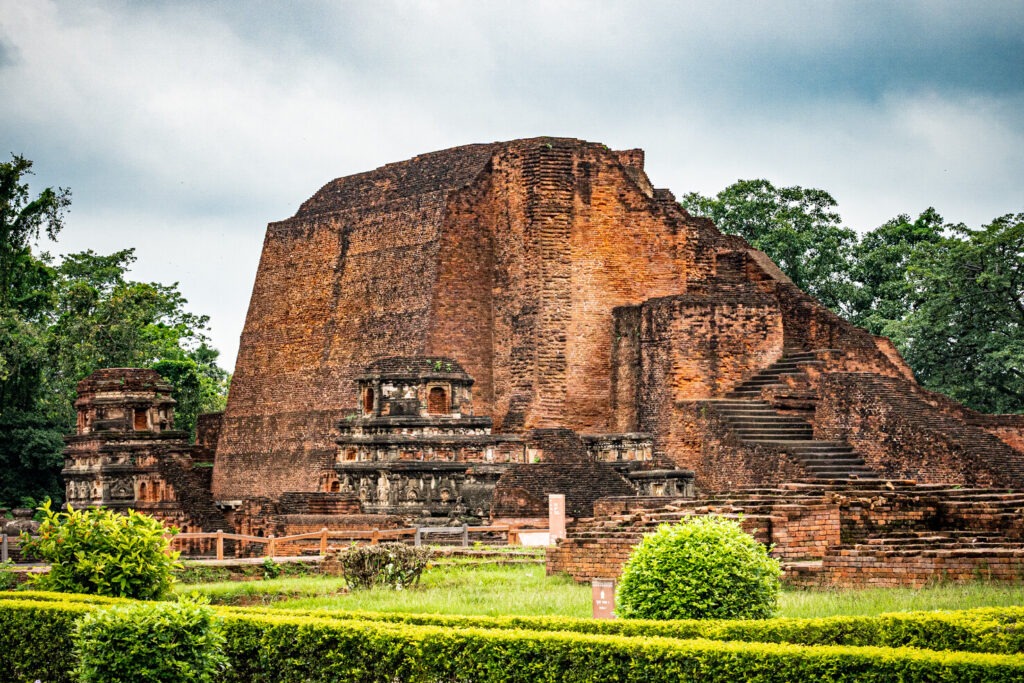

Bihar during Pala Empire: The Pala dynasty ruled the regions of Bengal and Bihar for about 400 years, from the 8th century until the end of the 11th century. The Pala Empire was a Buddhist supreme power in ancient India. Gopala was the first ruler of the dynasty. In this dynasty a famous ruler Dharmpal Established the Vikramasila University.
The Muslim period: During the ensuing Muslim period (about 1200 to 1765), Bihar had little independent history. It remained a provincial unit until 1765, when it came under British rule and together with Chota Nagpur (now in Jharkhand) to the south was merged with the state of Bengal. Originally, Chota Nagpur was mostly forest-clad and was ruled by chiefs of various aboriginal tribes.
The first revolt: Though British authority was only gradually established in the plains to the north during the second half of the 18th and the beginning of the 19th century, occasional revolts against the British took place in Chota Nagpur, the most important being the Ho revolt of 1820 to 1827 and the Birsa Munda (now belongs to Jharkhand) uprising of 1831 to 1832.
Later, Bihar was an important centre of the Indian Mutiny of 1857–58. Bihar formed a part of the Bengal Presidency under the British until 1912, when the province of Bihar and Orissa was formed; in 1936 the two became separate provinces of British-ruled India. Bihar played an active role in the successive phases of Indian nationalism.
Mohandas Karamchand (Mahatma) Gandhi first launched the satyagraha movement against the tyranny of the European indigo planters in the Champaran region of northern Bihar.
Rajendra Prasad, who played a leading part in the freedom movement and was elected the first president of independent India, was born in the Siwan district (then a part of the Saran district), northwest of Patna.
Upon India’s independence in 1947, Bihar became a constituent part (becoming a state in 1950), and in 1948 the small states with capitals at Saraikela and Kharsawan were merged with it. In 1956, when the Indian states were reorganized on a linguistic basis, a territory of some 3,140 square miles (8,130 square km) was transferred from Bihar to West Bengal.
In 1990, for the first time since independence, a state government was elected from a party other than that controlling the national government, and in 2000 most of the Chota Nagpur plateau in Bihar’s southern region became part of the new state of Jharkhand.
Covid-19 Guidelines
Travellers will need to show a full vaccination certificate or negative RT-PCR test report upon arrival. All passengers must download the Aarogya Setu app.
It will be mandatory for everyone in shops/establishments to wear masks at all times. Social distancing norms (2 yards distance) will be followed. Only persons who have received the covid vaccine will be allowed to work.
Any type of event in public places will have to be given at least 3 days in advance with prior permission of the district administration and with covid friendly behaviour.
Quarantine: According to the guidelines, there will be no Institutional or health quarantine in Patna, Darbhanga, and Gaya.
Health Screening: In Patna and Darbhanga, thermal screening has been mandatory for all incoming and outgoing passengers. While in Gaya, the thermal screening will be done upon arrival.
COVID test: As per the Home Department of the Government of Bihar, the rapid antigen test will be carried out for every passenger. However, passengers arriving in Gaya who produce RT-PCR Negative reports shall be exempted from the test. It should be noted that the RT-PCR report has to be conducted within 72 hours. The rapid antigen test at the airport will be free of cost.
WHAT TO SEE
Valmiki Tiger Reserve
Valmiki Tiger Reserve forms the eastern most limits of the Himalayan Terai forests in India and is the only tiger reserve of Bihar. Situated in the Gangetic plains bio-geographic zone of the country, the forest has a combination of bhabar and terai tracts. Over 250 species of birds have been reported. Valmiki Sanctuary covers about 800 sq km of forest and was the 18th tiger reserve established in India.
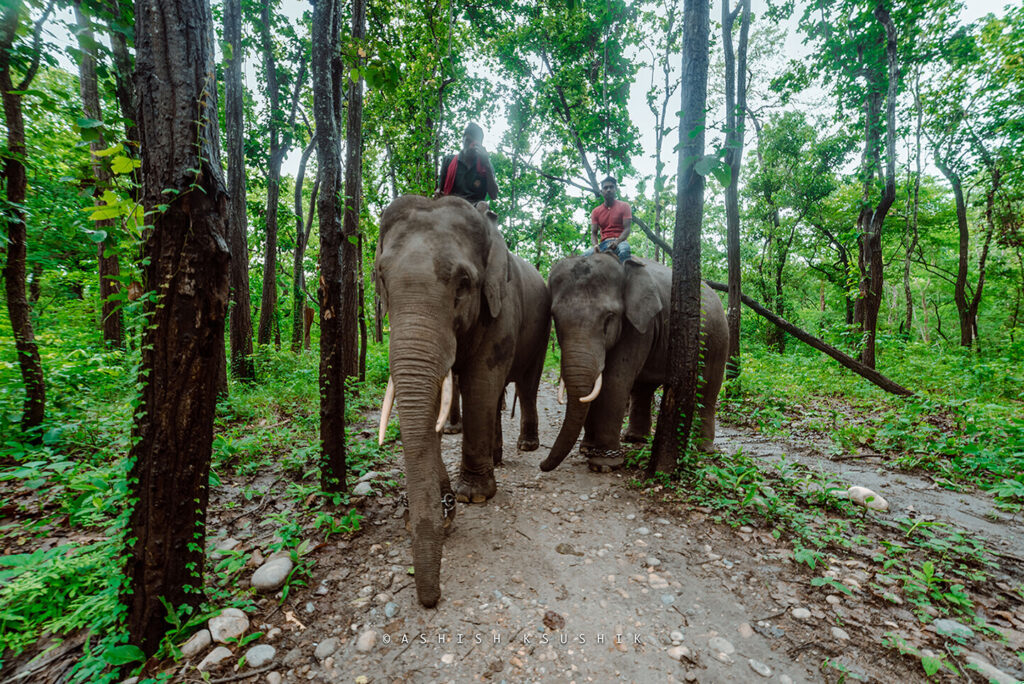

Wild mammals found in the forests of Valmiki Tiger Reserve are tiger, sloth bear, leopard, wild dog, bison, wild boar etc. Several species of deer and antelopes, such as barking deer, spotted deer, hog deer, sambar and blue bull are also found here. In Madanpur forest block large numbers of Indian flying foxes can be sighted. The reserve has rich fauna diversity.
BUDDHIST CIRCUIT
Bihar is the land where Gautam Buddha began his search for answers to human suffering and found enlightenment. The legendary spiritual enlightenment site of the Buddha under the Mahabodhi Tree is now occupied by the Mahabodhi Temple, which attracts Buddhist pilgrims and travellers from around the world.
This temple complex has also been declared as a World Heritage Site by UNESCO. The Buddhist Circuit is a trail of the sacred footsteps of Lord Buddha and the important places of his life and teachings across Bihar.
Ramayana circuit
Bihar plays an important role in the history and development of Hinduism as a religion. This legendary land is the place where most of the tales of Lord Ram and Goddess Sita took place in Valmiki’s epic that has contributed to the Hindu religious and social fabric.
Many of the locations mentioned in this legend are in Bihar and considered holy sites for Hindus. Temples depicting the tales of Ram and Sita can be found in this circuit.
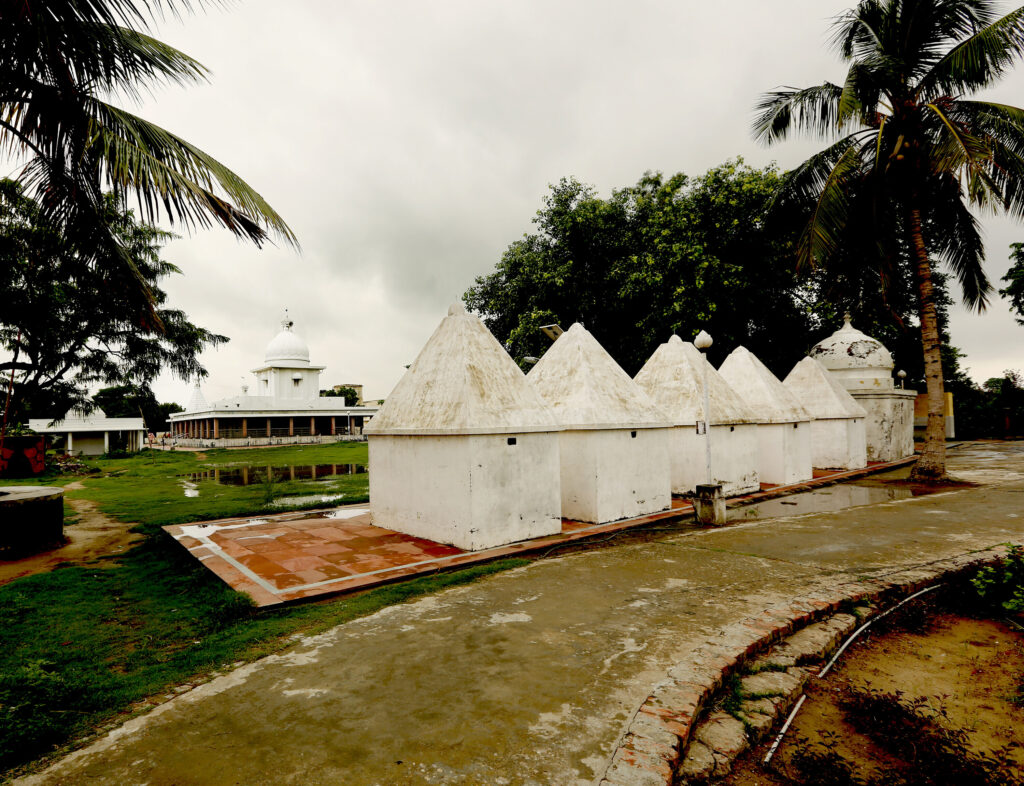

Jain Circuit
Bihar is a holy place for the Jains as the last Tirthankara of the Jains was born here. A visit to some of the Jain pilgrim destinations in Bihar offers a view into the life and journey of Lord Mahavira. It is in this land that he gave up his worldly belonging, meditated for years and preached the Jain way of life for the liberation of the self. A journey across this circuit also offers a visit to many more sacred places dedicated to other Jain monks too.
Mahabodhi temple
The Mahabodhi temple (literally: “Great Awakening Temple”), a UNESCO World Heritage Site, is an ancient, Buddhist temple in Bodh Gaya, marking the location where the Buddha is said to have attained enlightenment.
The temple stands in the east to the Mahabodhi Tree. Its architectural effect is superb. Its basement is 48 square feet and it rises in the form of a cylindrical pyramid till it reaches its neck, which is cylindrical in shape. The total height of the temple is 170 ft and on the top of the temple are Chatras which symbolize sovereignty of religion.
Takhat Sri Harimandir Ji Patna Sahib
It is considered the second holiest Takhat. Revered as the birthplace of Sri Guru Gobind Singh Ji Maharaj, it is one of the five seats of temporal authority of the Sikhs and has been consecrated by three Sikh Gurus.
A symbol of valour and fearlessness, the shrine inspires great piety in pilgrims and holds pride of place in the glorious heritage of Patna City. Takhat Sri Harimandir Sahib Ji is also known as Patna Sahib.
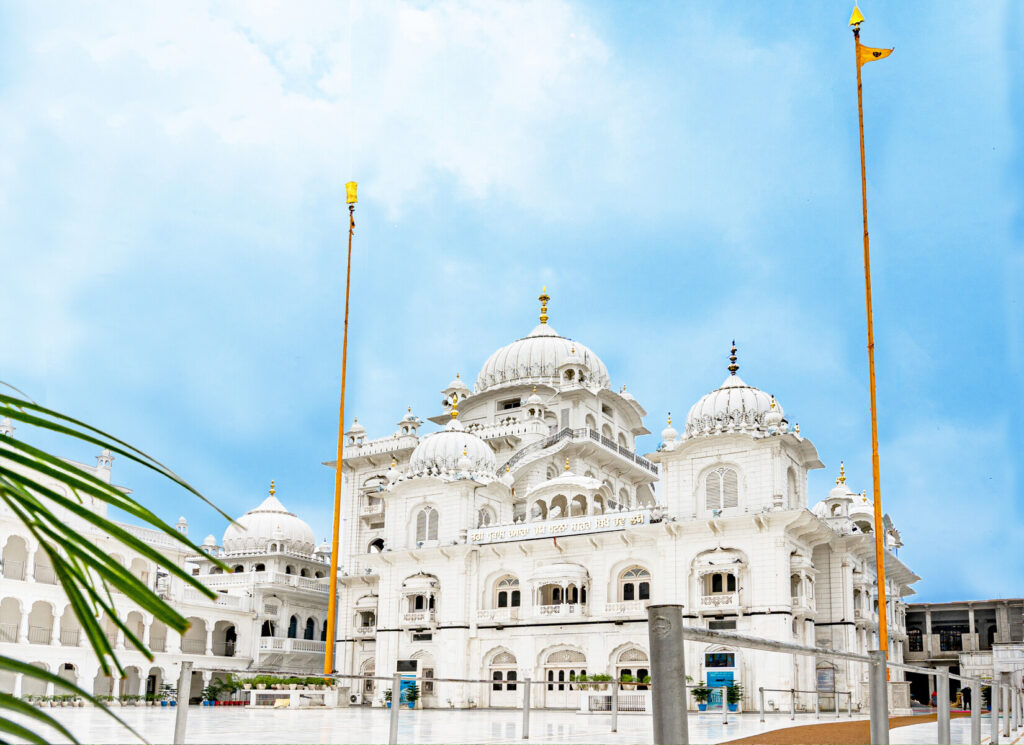

80-feet Buddha
The 80ft Buddha statue is one of the many stops in the Buddhist pilgrimage and tourist routes in Bodh Gaya, Bihar (India). The great statue is a mix of sandstone blocks and red granite. It is possibly the largest built in India and was consecrated on 18 November 1989 by the 14th Dalai Lama. The foundation stone for the statue was placed in 1982.
Ruins of Nalanda
Nalanda is about 90 km southeast of Patna. Although its history goes back to the times of the Buddha, the university at Nalanda was founded in the 5th century CE, and it flourished for the next 700 years. Its decline began in the late Pala period, but the final blow was the invasion by Bakhtiyar Khilji around 1200 CE.
The subjects that were taught at Nalanda included Buddhist scriptures (of both the Mahayana and Hinayana schools), philosophy, theology, metaphysics, logic, grammar, astronomy and medicine. Chinese travellers Hiuen-Tsang and I-Tsing had written detailed accounts about the university.
Golghar
Golghar, an enormous granary, was built by Captain John Garstin for the British army in 1786, after the terrible impact of the 1770 famine. The winding stairway around this monument offers a brilliant view of the city and the Ganga flowing nearby. The spiral staircase was designed to facilitate the passage of the workers who deliver their load through a hole at the top, and descend the other stairs.
Kaimur hills
These hills are significant from historical, ecological, folklore and social points of view, making it a place worth visiting. With deep jungles interspersed with gorgeous waterfalls, containing randomly dispersed antiquarian remains, the Hills of Kaimur retain their unique air of mystery.
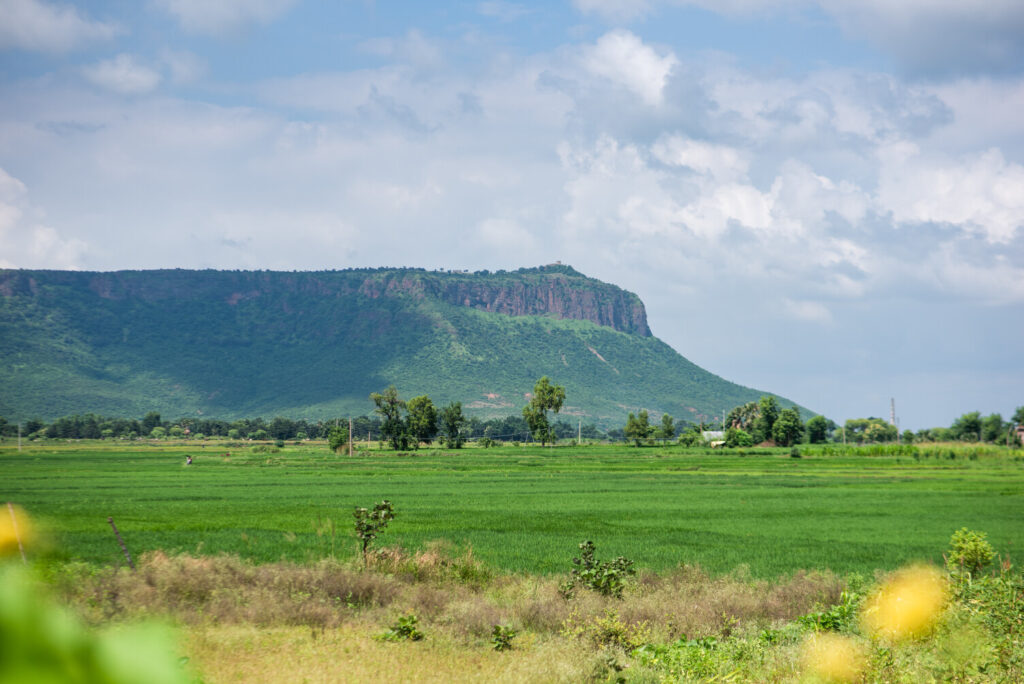

The Hills which are one of the oldest rock formations along with the Aravallis in the Indian sub-continent, mainly consist of old igneous rocks, which here are noticed in their magnificent forms and beautiful shapes, forming several deep gorges interspersed with several caves and water points.
Ashokan Pillar, Kolhua, Vaishali
Emperor Ashoka built The Lion Pillar at Kolhua. It is made of a highly polished single piece of red sandstone, surmounted by a bell shaped capital, 18.3 m high. A life-size figure of a lion is placed on top of the pillar. There is a small tank here known as Ramkund. This pillar beside a brick stupa at Kolhua commemorates Buddha’s last sermon.
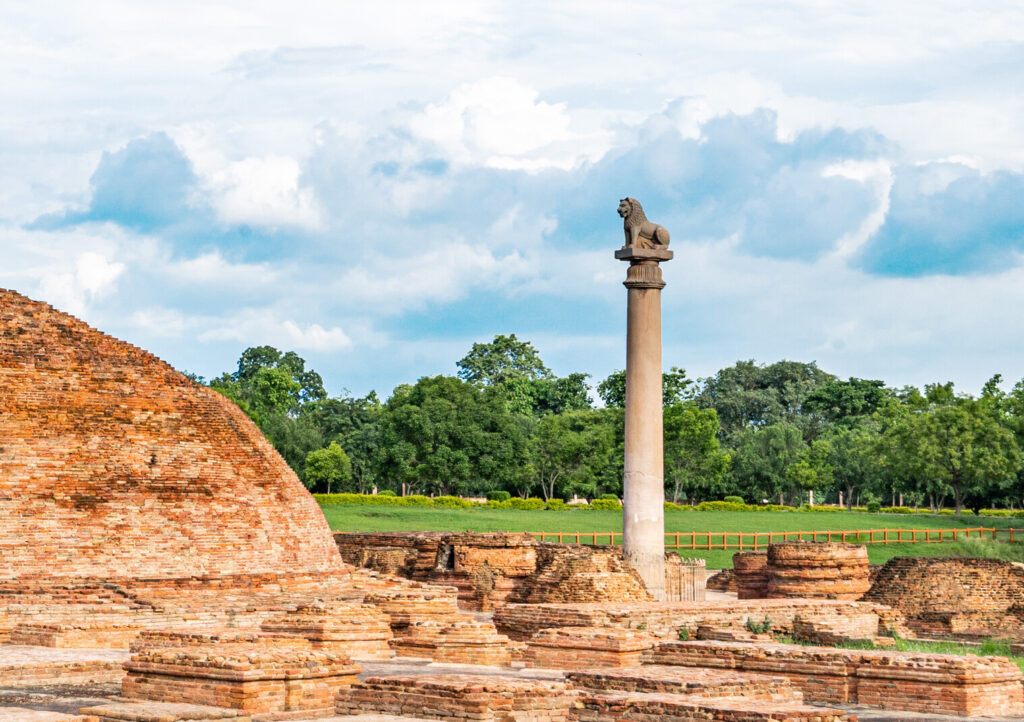

Rohtasgarh Fort
The Rohtas Fort is a seat of power and a source of legend that offers a mesmerizing view after a climb of the hill. The Rohtas Fort is constructed on a plateau over the top of a hill with steeply rising sides. The steps directing to the fort are cut into limestone of the hill.
Even though the Fort is ascribed to have been constructed by the legendary Rohitaswa, son of the great King Harish Chandra, there are no historical remains to corroborate the existence of early kings on the fort. The oldest historical record found on the fort is an inscription which is ascribed to the 7th century, thereby implying the existence of the rule of Sasanka in the 7th century over Rohtas.
Art and Culture
Madhubani painting: Madhubani painting has become synonymous with art and craft of Bihar in the whole world. The process of painting and the use of natural dyes and pigments provide an eye-catching finish to these paintings. This is a unique craft, handcrafted by artisans. Madhubani Painting provides livelihood support to about 20,000-25,000 artisan’s families on a regular basis in Madhubani district and other places of Bihar.
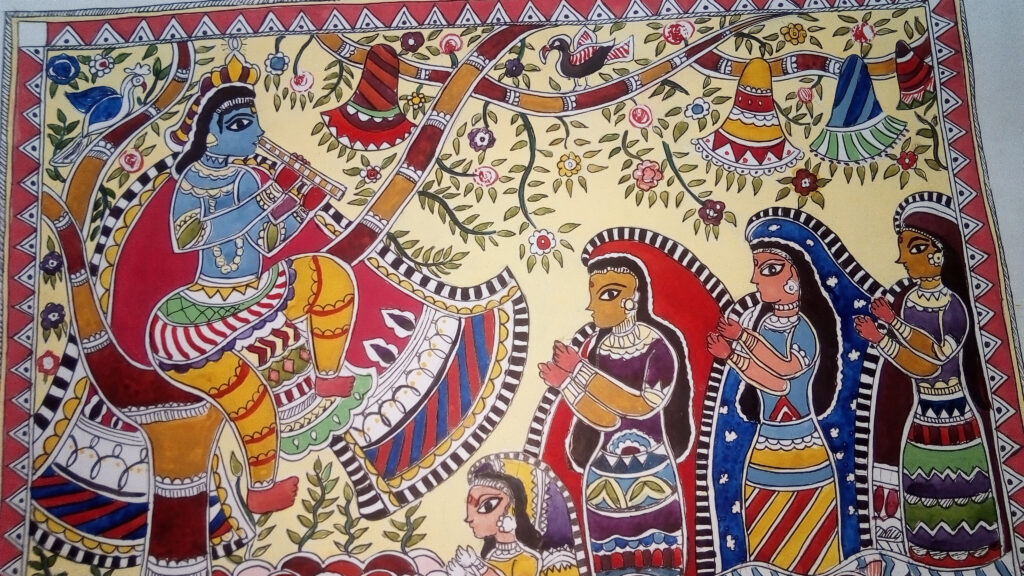

Terracotta
Terracotta is one of the oldest craft that human beings ever introduced on earth. It was once considered to be a poor man’s craft but in due course of time, it has made its ascent due to its aesthetic value and occupied a distinct identity among all classes of people.
Chhath Puja
Chhath is a major Hindu festival celebrated in Bihar and eastern Uttar Pradesh. Almost all civilizations have worshiped the ‘God Sun’, but it has a unique form in Bihar Chhath Puja is the only occasion where the setting sun is worshiped along with the rising sun. According to the Hindu calendar, Chhath Puja is celebrated on the sixth day of Kartik month.
Chhath Puja, also known as Surya Shashti, is a bathing festival followed by a four-day period of abstinence and ritual purity.
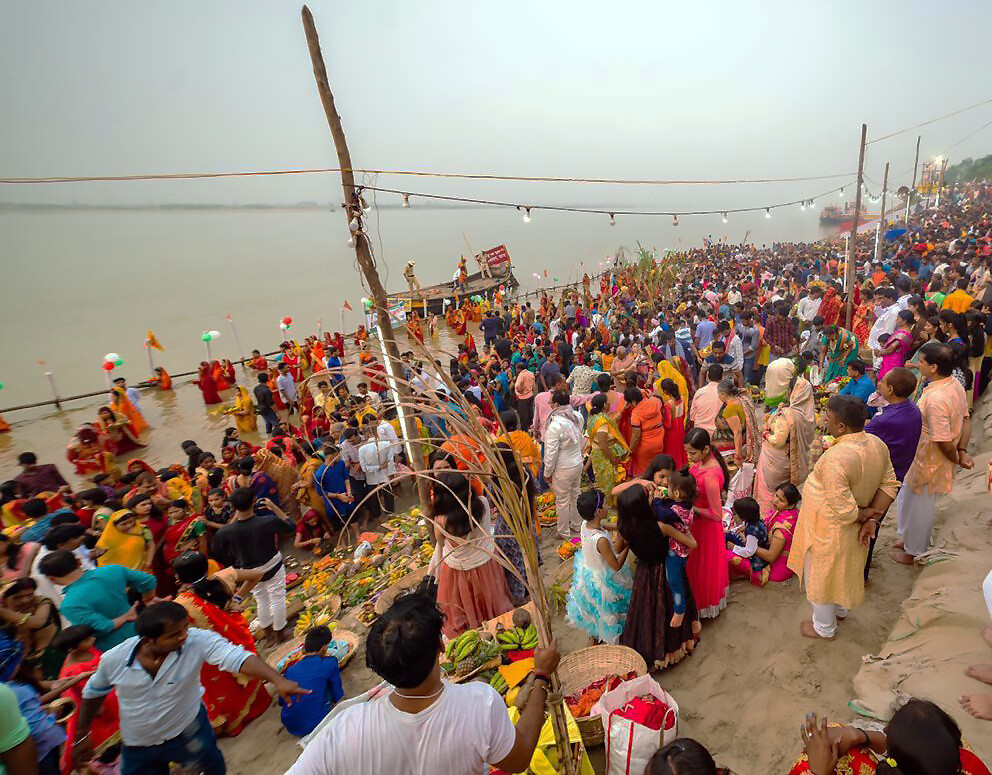

CUISINE
Anarsa : Anarsa is a very famous sweet. This sweet is made from a mixture of powdered rice, sugar, khoya and sesame seeds. It is very tasty and delicious to eat.
Parwal ki Mithai: Parwal ki mithai is cooked by stuffing the pointed gourd with khoya, giving it the right balance of sweet and salty effect.
Litti Chokha : Litti is a main-course dish that forms a part of Bihari cuisine. It is nothing, but wheat flour cake that has been salted and baked. Litti is filled with sattu (fried gram flour) and some special spices and served with ghee. Litti is similar to Bati in appearance but there is a little difference. Litti is best eaten with brinjal bharta or mashed potato.
Makhana Kheer : It is a sweet dish prepared with milk, sugar and makhana, considered to be a speciality of the Darbhanga region of North Bihar.
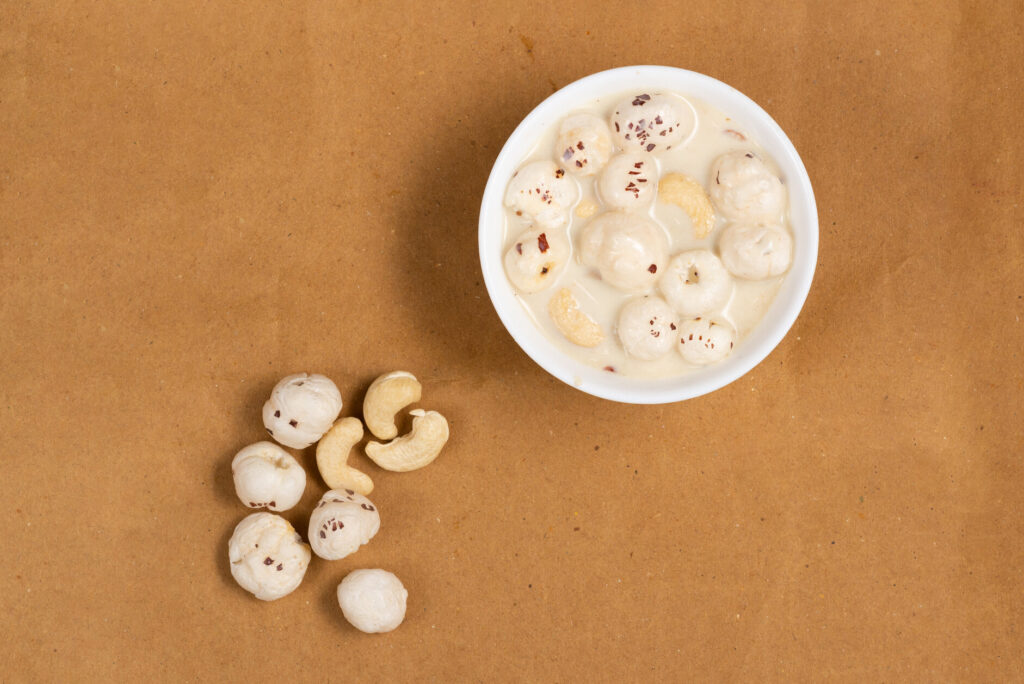

Perukia : Chhapra town of Bihar is particularly famous for Perukia. It is prepared by mixing Sooji (semolina) or khoa with sugar and wrapping the mixture in thin leaves made from a mix of maida, water and ghee. The sweet is then deep fried in ghee and served.

